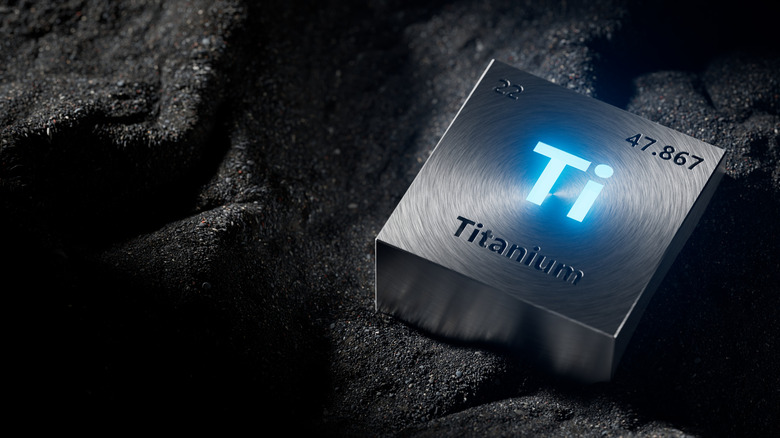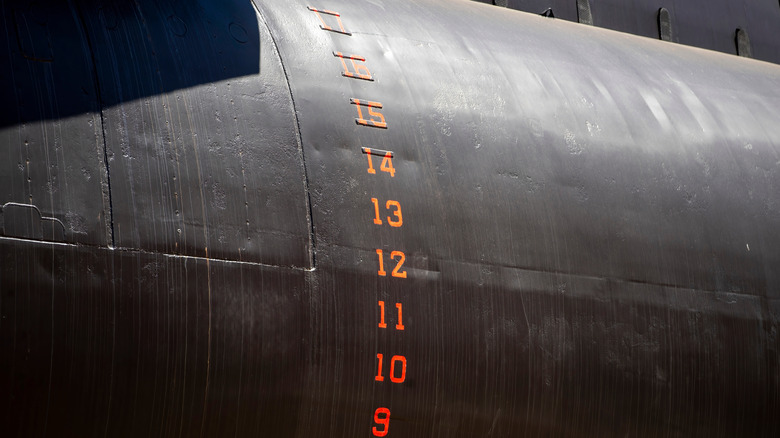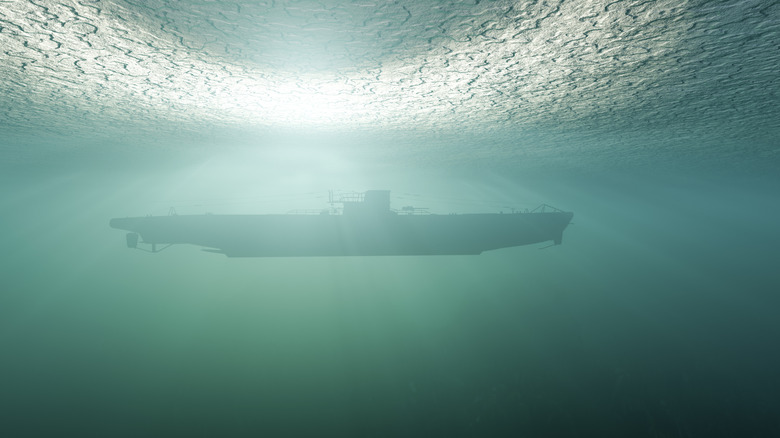Why The US Military Doesn't Use Titanium For Submarine Hulls (Despite Its Strength)
Titanium sounds perfect on paper. Even Apple uses Grade 5 titanium for its iPhones. It's lighter than steel, far stronger by weight, and shrugs off corrosion from salt water. It can dive deeper and avoid detection better due to its non-magnetic properties. So why doesn't the U.S. Navy use it for its submarine hulls?
The answer starts with cost and complexity. Titanium is rare, expensive, and incredibly hard to work with at scale. Welding titanium panels for something as large as a submarine hull requires special argon-rich environments and highly trained welders. Even then, titanium is prone to brittleness and cracking, a deal-breaker for deep-diving submarines.
Steel, particularly the HY-80 grade used by the U.S. Navy, offers a balance of strength, availability, and cost. The industrial base to build steel submarines is mature and supported by decades of naval experience. In contrast, building titanium hulls would require a major overhaul of supply chains and shipyards, not to mention much higher budgets.
Russia took the titanium path and then abandoned it
The Soviet Navy's Alfa-class submarines were the stuff of Cold War legend. They could dive to depths of almost 4,000 feet, pushing the limits of how deep military submarines can go. On top of that, they were also one of the fastest submarines at the time, capable of outrunning anything the U.S. had in the water. That performance came from a lightweight titanium hull and a compact lead-cooled reactor. These boats were advanced, but the drawbacks were massive.
Building the Alfa-class required custom-built facilities. Titanium had to be processed and welded in argon-filled environments to avoid contamination. The submarines also turned out to be noisier than expected, and repairs were both frequent and expensive. One prototype alone reportedly cost the equivalent of 1% of the USSR's entire GDP at the time. Despite their advantages, the Alfa-class subs were quickly retired. Russia hasn't built another fully titanium-hulled sub since.
The Losharik (AS-31) is the closest modern example, a deep-diving, titanium-shelled sub used for special missions. But even that boat suffered a deadly fire in 2019 and has taken nearly five years to repair. While it can reportedly dive to 19,700 feet thanks to its seven spherical titanium compartments, it's an outlier, built for niche operations, not as a model for widespread fleet construction.
The U.S. prioritized smarter countermeasures, not exotic hulls
When the U.S. military first learned of the Soviet Union's titanium submarines, it didn't panic-build its own version. It built a better torpedo. The Mark 48 heavyweight torpedo was engineered to be faster and deadlier than anything before it, fast enough to take out a titanium sub regardless of its depth or speed.
That decision proved cost-effective. Rather than redesigning an entire submarine fleet around a material that was difficult to source and fabricate, the Navy focused on improving what it already had.That approach hasn't changed. Steel submarines continue to evolve with better sonar and smarter countermeasures. Meanwhile, titanium has found smaller roles — in valves, piping, and exhaust stacks — where its corrosion resistance shines without the same production headaches.
In theory, additive manufacturing and newer welding technologies could one day make titanium hulls more practical. But even then, the question remains: is it worth the trouble? For now, the U.S. Navy says no. The benefits don't justify the expense. Titanium may be stronger, but when you factor in cost, logistics, and strategic priorities, steel still wins.


